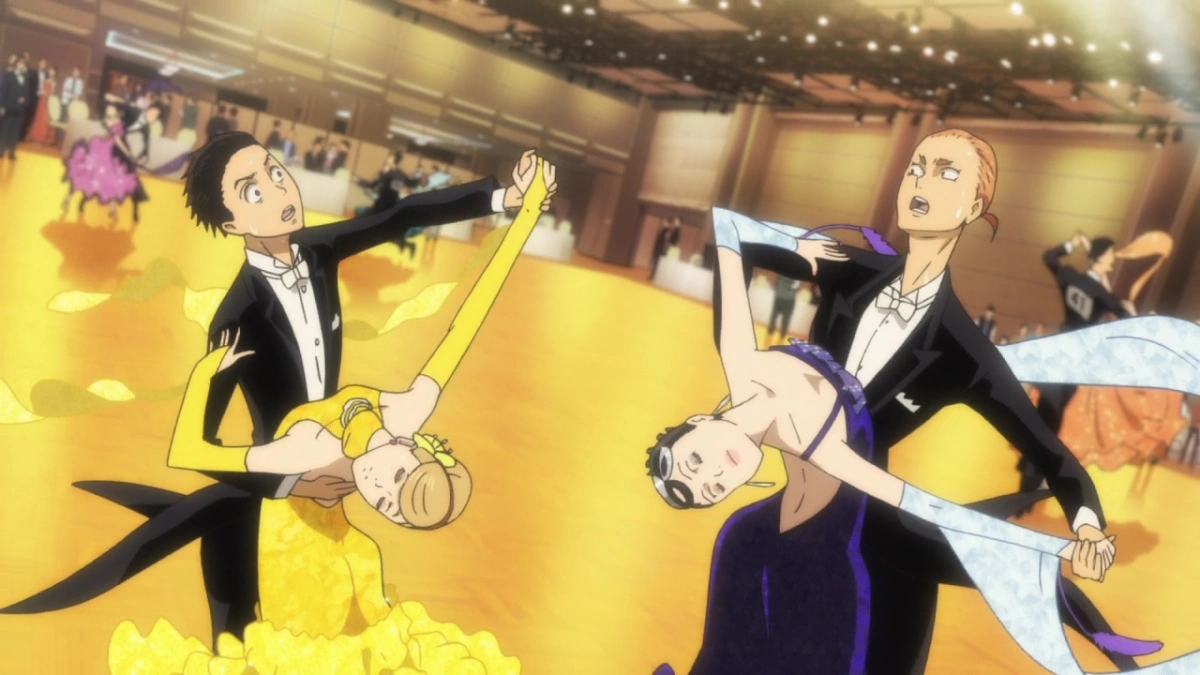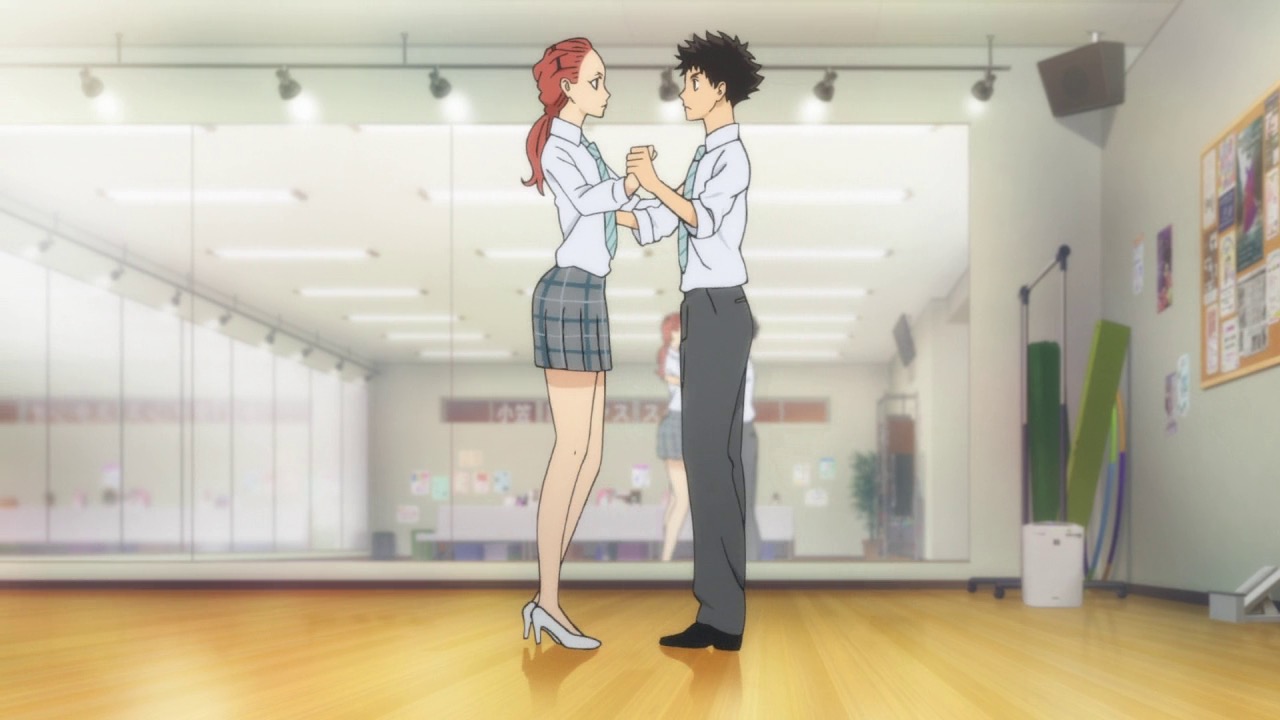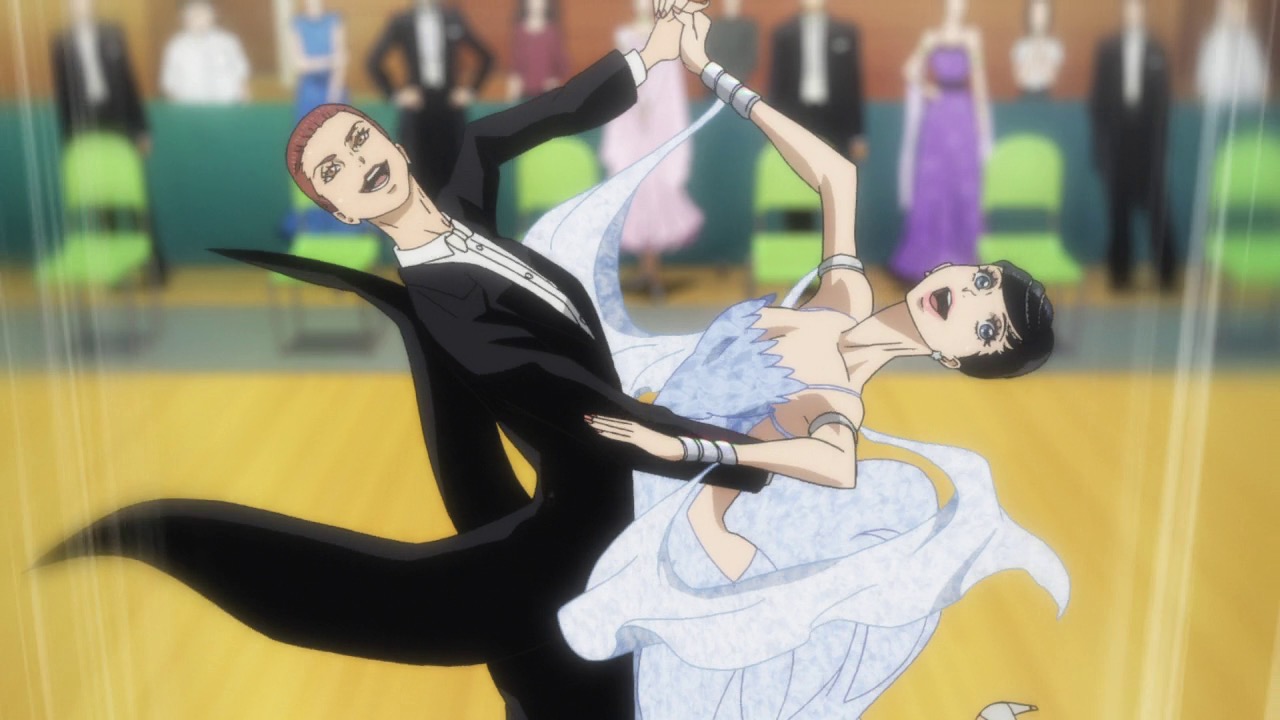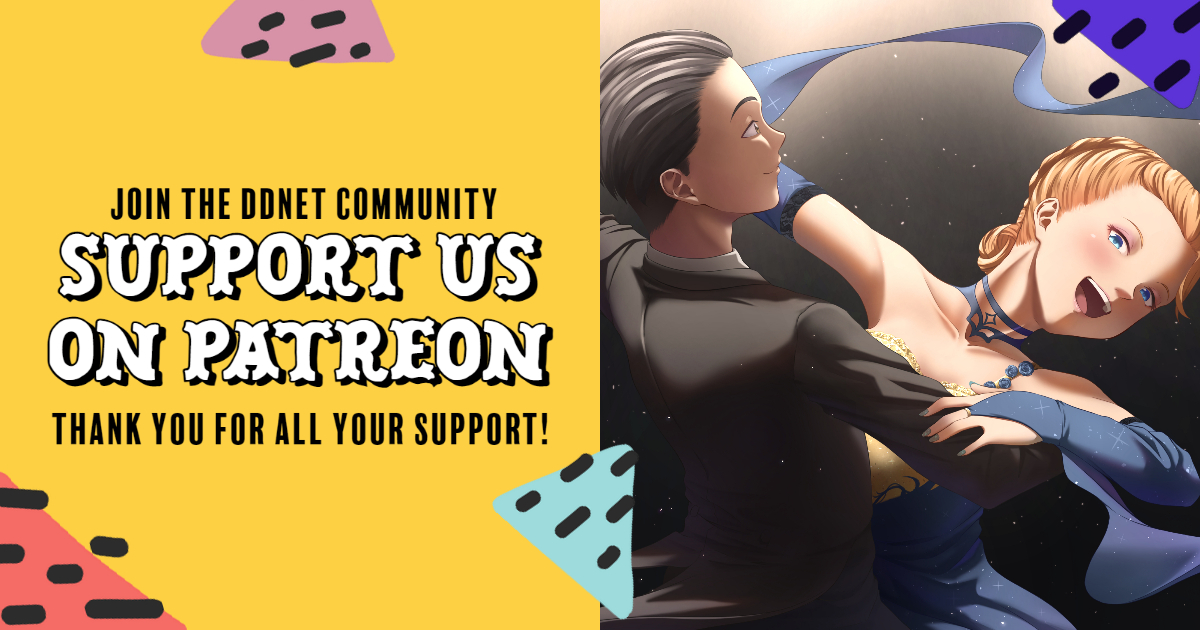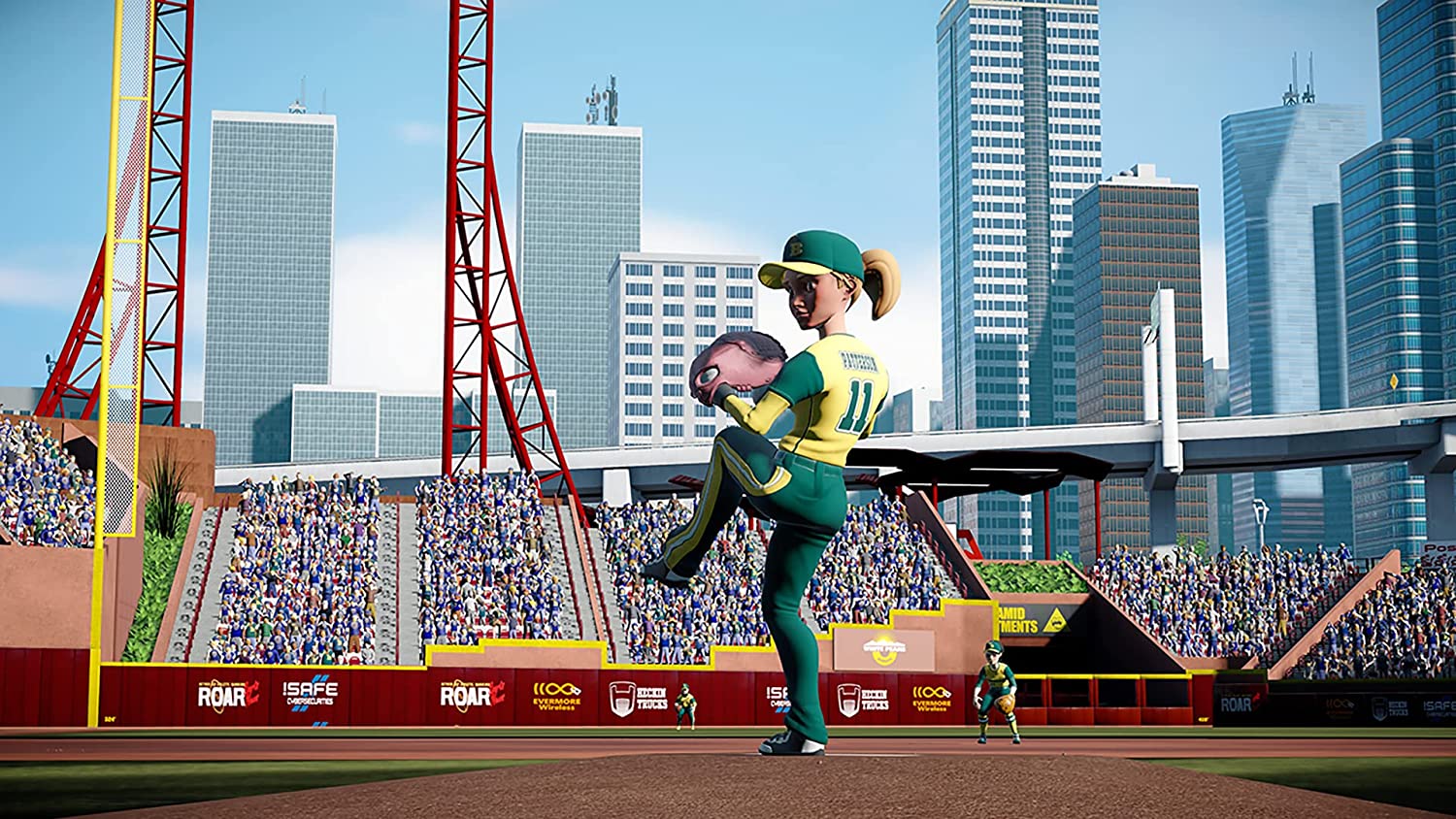Sports anime and manga are not uncommon in Japan. Football, basketball, volleyball, baseball, figure skating and even badminton have popular stories that aim to make the sport, as well as the characters and their narrative arcs, interesting to both fans of the sport and complete newcomers.
Welcome to the Ballroom is dancesport’s own sports manga and anime. Written and illustrated by Tomo Takeuchi, herself a former dancer, this is one of the few genuine efforts to take danceport and use it to reach out to a broader audience. It’s a tough ask; if people don’t know the difference between a waltz and a tango, let alone standard and Latin styles, how can they be expected to understand the references to them in a manga or anime? I’m not sure the finished product quite gets there, but I do think it’s a remarkable effort to introduce laypeople to the idea that competitive ballroom dancing exists.
In terms of its structure, Welcome to the Ballroom is a fairly classical sports-themed manga, being focused on the highs and lows of training and competition in the world of dancesport but that theme – of a niche sport that not a lot of people would be familiar with – means that there are parts of the story that are going to fascinate and perhaps even befuddle the layperson.
Take, for example, the team dynamic. People from outside the dancesport world looking in tend to make assumptions about the nature of dancesport partnerships (i.e. that the partnership is something more than that of a sporting team). It’s not surprising why that perception exists, given the physical closeness of the dancers that a tennis or beach volleyball pair don’t share, or the kind of aggressive contact found in football.
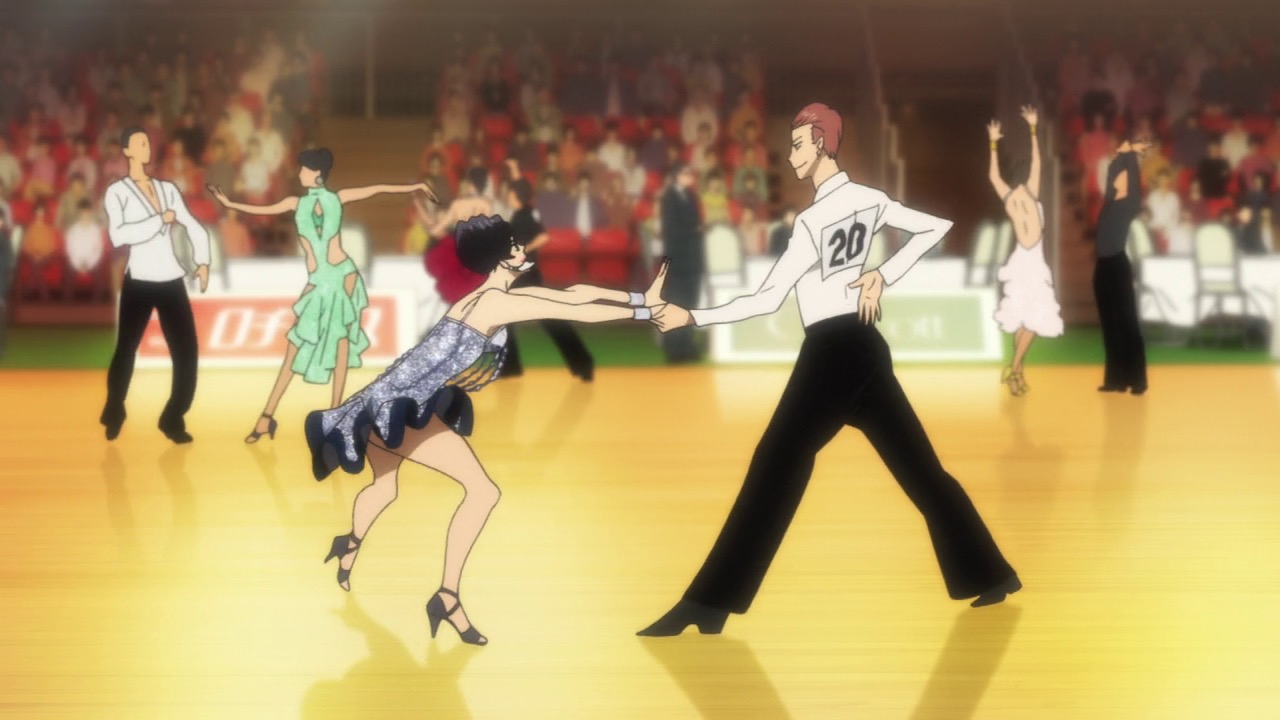
However, the reality is that dancesport partnerships are generally not also romantic partnerships, once you get past the hobbyists and start to look at the serious competitors. What Welcome to the Ballroom does an excellent job of is encouraging people to see these kinds of partnerships as a professional association first and foremost, regardless of where they end up. It’s perhaps surprising to hear this, but the sport must start to undermine that perception, as it does tend to lead people to see the sport itself as more akin to a dating club than a serious sport.
The manga’s protagonist, Tatara Fujita, has a couple of dance partners across the first couple of volumes, and each time it’s a true sporting partnership. He starts as a beginner and is paired up with experienced girls by his teachers, and he’s there to learn, not play with them.
When Fujita does get a more permanent partner, Hiyama Chinatsu, without giving anything away you’re certainly led to believe that the two will grow close, because they start out at one another’s throats, and we all know where that leads in so many other manga. But that personal connection remains secondary to the work they’re doing in the sport. The focus of the manga is firmly on how the couple will perform in the next competition.
For people who aren’t familiar with ballroom dancing, there are some technical terms thrown in in describing the movement and action on the floor. This is particularly true during the competition scenes, and those could, I suspect, be hard to follow (pardon the pun) for the uninitiated. However, whatever’s going on is wrapped in a great sense of humour (particularly Fujita’s wildly eccentric teacher Sengoku), and does its best to make an insular world at least appealing to those from without, even if the writer can’t quite figure out how to explain it to people.
Just as importantly, Welcome to the Ballroom tries so hard to dispel the common notion that the sport is exclusively for oldies. It’s a manga about hot young things competing in a challenging, but rewarding sport, filled with glamour and energy. And these people are hot. The world-level mentor- slash-coach to Tatara, Sengoku, rocks the look when riding his motorbike. In the inevitable hot spring scene, the honed physique of serious dancers (dancing really is the greatest whole-body exercise you can find) is downright intimidating.
For a sport that is often overlooked because of how it’s perceived, Welcome to the Ballroom is a lovely way for people to get an insight into what the world is really like.
On a personal note, Welcome to the Ballroom also struck a chord because my own discovery of the sport was not so different. Due to an injury stopping me from chasing my previous sport (tennis), I needed something new, and on a whim ended up in a studio for a beginner’s group class. Almost 20 years later I’m still dancing, even when breaks and distractions took me out of the sport from time to time.
Like me, Welcome to the Ballroom’s Tatara almost instantly becomes lost in the world of dance. Through a comical series of circumstances that thankfully did not happen to me, he also finds himself competing for the first time, well before he’s ready to. But by that point, he’s quite determined that the next time he takes to the floor, he’ll be ready to turn heads, and that’ll be just the start of his career.
Along the way, we get to know Tatara’s drive and a growing understanding of both him and the sport through the relationships he has with his partners. People often say that martial arts are a good way to learn about yourself, because the control and discipline that they require, as well as the understanding of the body, become something of a philosophy and can adjust a person’s outlook on life. Dance – including ballroom – can be much the same, and there’s a recognition of that within the manga too.
There are parts of the manga that might put audiences off. As I’ve already mentioned, the dancesport competitions tend to be loaded with terms that may or may not resonate with someone who wouldn’t know the stylistic difference between a waltz and a tango. That is unfortunate, since “game day” tends to be the dramatic highlight in sports manga.
The series also does an excellent job of highlighting how dance can seem like this otherworldly, elite activity, and that’s both positive and negative. There’s a majesty in the way it’s presented, but the inhumanly long necks and hyper-exaggerated poise (an exaggeration of the physical qualities of the ideal ballroom dancer) might come across as comical, too.
What is undeniable is that Welcome to the Ballroom makes clear the essence of where the love for dancesport comes from. Those tentative first steps into what feels like an alien world with the dance studio, or the way that we can work ourselves to exhaustion practising the same basic steps over and over (and over) again despite feeling like we still don’t quite know enough about it ring incredibly true.
Dancesport can be infuriating to learn, and yet that’s also what makes it wonderful when it all starts to click.
Please note: This was originally published in the October 2022 issue of the Dee Dee Zine. As we are no longer publishing that magazine we have republished the feature here to preserve it into posterity.
